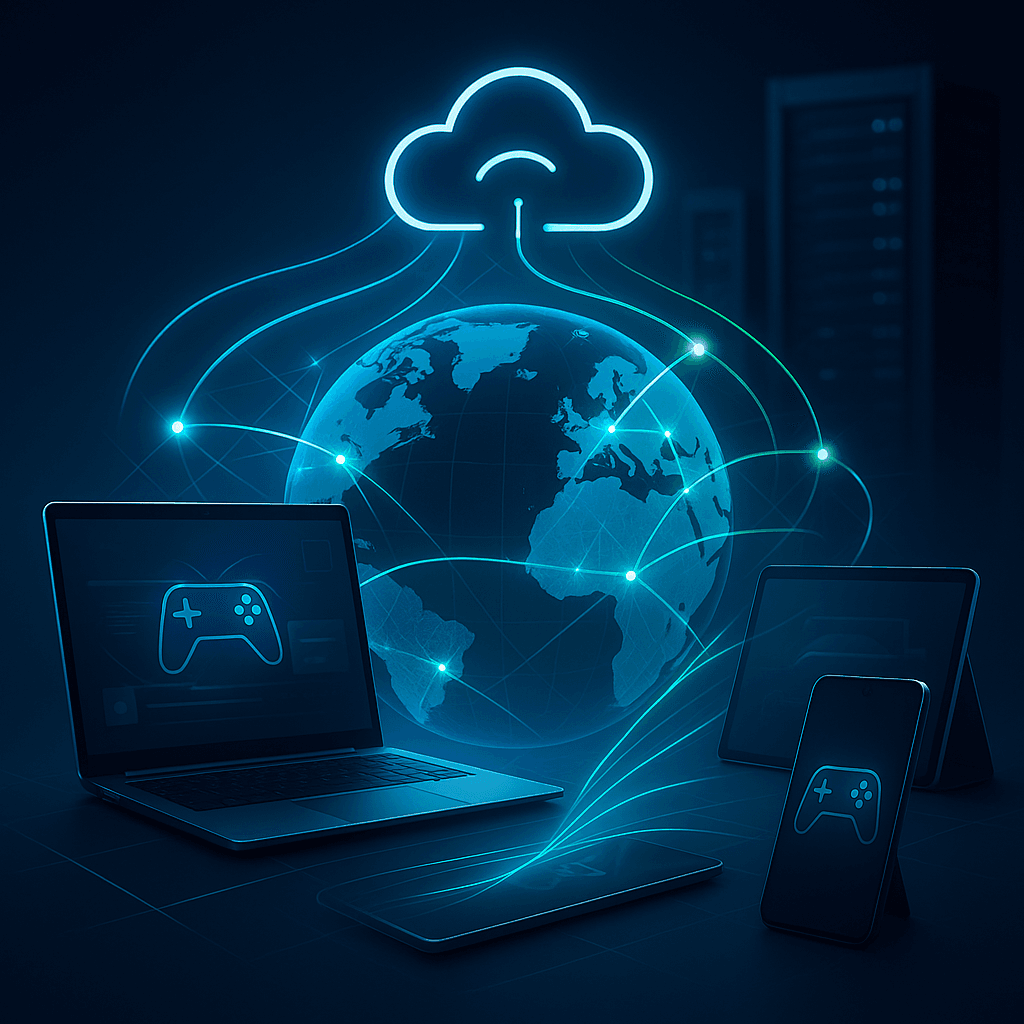Westinghouse just announced plans to build 10 nuclear reactors by 2030 using a custom AI platform developed with Google Cloud. The partnership aims to slash construction timelines for clean energy infrastructure as AI data centers drive unprecedented power demand across the U.S. grid.
Westinghouse is betting on artificial intelligence to solve nuclear power's biggest problem: it takes way too long to build reactors. The nuclear giant just revealed its partnership with Google Cloud to develop a custom AI platform that could reshape how America builds clean energy infrastructure.
The stakes couldn't be higher. Westinghouse told the White House earlier this year it plans to have 10 state-of-the-art AP1000 nuclear reactors under construction by 2030. When completed, these reactors would generate enough electricity for 7.5 million households - roughly every home in the five largest U.S. cities plus several data centers.
That ambitious timeline reflects the energy crisis brewing beneath Silicon Valley's AI boom. The U.S. needs 400 gigawatts of new power by 2040, a 32% jump from current capacity, according to industry projections. Traditional construction schedules simply can't keep pace with AI's voracious appetite for electricity.
"We're looking at energy for AI and AI for energy," Dr. Lou Martinez Sancho, Westinghouse's CTO, explained to Google engineers during partnership talks. The concept captures a feedback loop where AI drives energy demand while simultaneously making that energy faster to produce.
The partnership leverages Westinghouse's surprising head start in enterprise AI. The 140-year-old company had already built Hive, its proprietary AI infrastructure designed for nuclear's strict regulatory environment, plus Bertha, a generative AI assistant trained on 75 years of nuclear documentation.
Google engineers were amazed to find a legacy industrial company had quietly assembled exactly what they needed: secure AI deployment in heavily regulated environments. "They had the foundation we needed to deploy AI safely," one Google Cloud engineer noted.
The AI system targets construction management, historically 60% of reactor costs. Until recently, nuclear construction relied on spreadsheets and paper documents, creating cascading delays across thousands of interdependent tasks. The new platform combines AI models with Westinghouse's WNEXUS, a 3D digital twin of its reactors.












